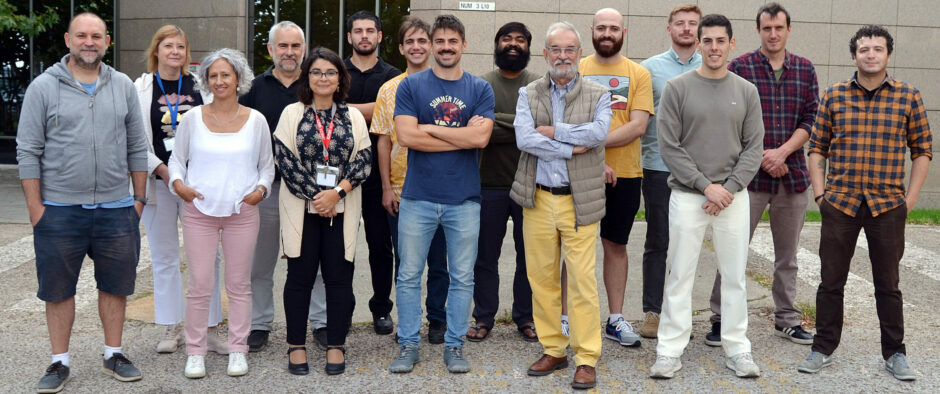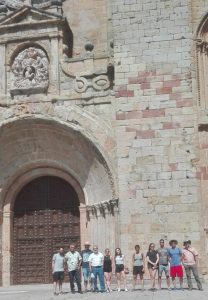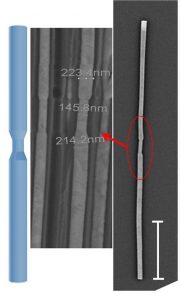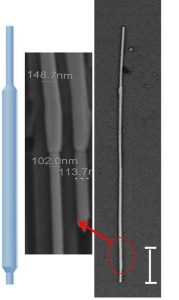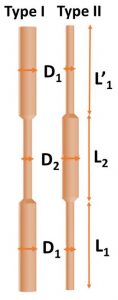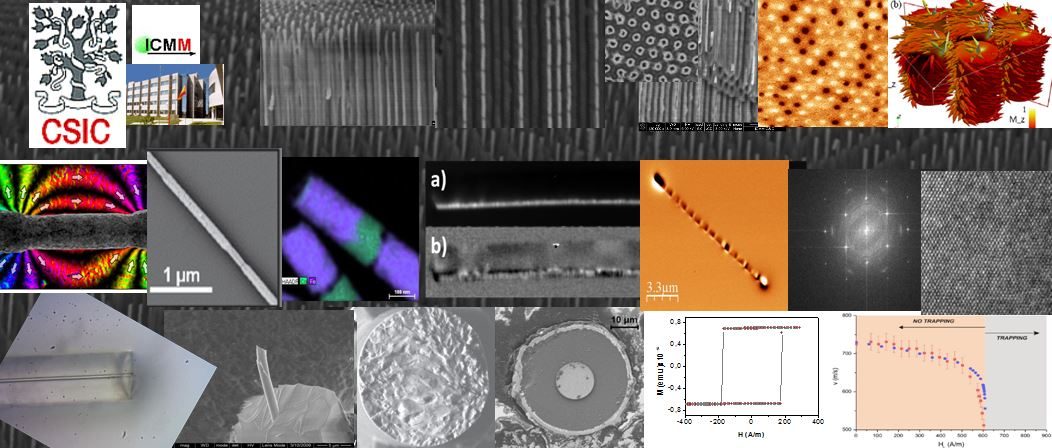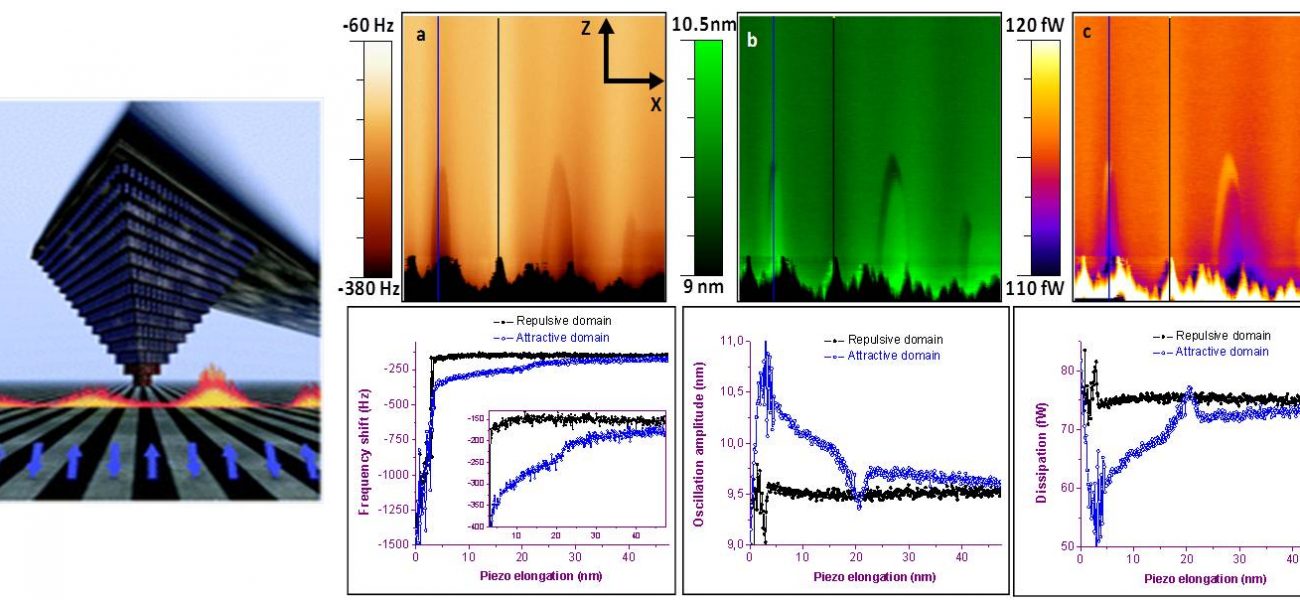“Transparent Magnetoelectric Materials for Advanced Invisible Electronic Applications”
R. Polícia, A.C. Lima, N. Pereira, E. Calle, M. Vázquez, S. Lanceros-Mendez and P. Martins
Adv. Electron. Mater. 2019, 1900280; DOI: 10.1002/aelm.201900280
The need for flexible and transparent smart materials is leading to substantial advances in principles, material combinations, and technologies. Particularly, the development of optically transparent magnetoelectric (ME) materials will open the range of applications to new directions such as transparent sensors, touch display panels, multifunctional flat panel displays, and optical magnetic coatings. In this work, a flexible and transparent ME composite is made of magnetostrictive Fe72.5Si12.5B15 microwires and piezoelectric poly(vinylidene fluoride-trifluoroethylene). The high magnetostriction of Fe72.5Si12.5B15 (35 ppm) enables superior ME voltage response (65 mV cm−1 Oe−1) obtained at the critical longitudinal magnetic field equating the transverse anisotropy (14500 A m−1) on the external shell of the microwire memory devices.
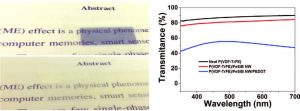
Left) Photographs of the composite placed on a written page, with (TOP) and without (DOWN) the PEDOT conductive layers, serving as electrodes; Right) Optical transmittance of the composites measured from 350 to 700 nm.
This paper derives from the collaboration between our GNMP team with the Departamento de Física, Universidade do Minho, Braga, Portugal.
